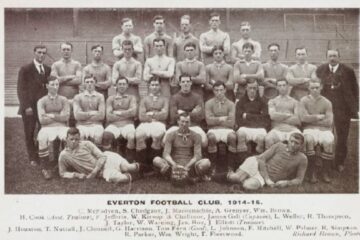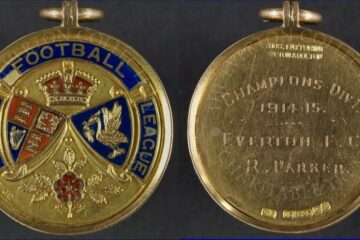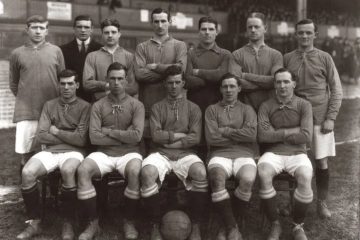In the year of 1871 the FA rules were reformed and it was decided that only one designated player was allowed to handle the ball in order to prevent it from entering the framework of the goal. This player was, from this point onwards, to be known as the designated goalkeeper. It was a hazardous position to play in because the rules did not as yet prevent the man chosen from being “brought to ground” – with or without the ball – or surrounded and barged by opposing forwards. These rules were still in force when, in 1883, Everton found the man who would became the first in a long line of first choice goalkeepers.
Charles Munroe Lindsay was born on 14 February 1862 and spent the early years of his life living on Kemble Street in the area of Liverpool once known as Kensington Fields. His father, George, who was a former mariner, had met his Aberdeenshire-born mother – Isabella Cameron – in Liverpool where they had married in 1857. At the time of Charles’ birth, the head of the household was employed as a customs officer.
When the 1881 census was taken, Isabella was now the head of the household and working as the matron of a local institution while Charles – her eldest child still at home – was employed as an invoice clerk. Their home was now at 45 Albert Edward Road.
It is difficult to ascertain where Lindsay began playing association football, but he was possibly introduced to the Everton club by a fellow clerk from his place of work. He first appeared in the side playing in the forward line on the Rhosddu Recreation Ground where Everton were beaten 5-3 by Wrexham Olympic.

Wrexham Advertiser 18 November 1882
On 5 March 1883, the visit of Bolton Wanderers brought the largest crowd yet seen on Stanley Park where Charles Lindsay made his first appearance in the Everton goal. The game attracted enough national attention for the Athletic News to send along a reporter who had this to say…An exhibition match between Bolton Wanderers and Everton was certainly disappointing at Stanley Park. The Bolton men can give teams like Everton a long start and, in spite of the absence of three prominent men, playing one short, and contending against the vagaries of a very amateurish substitute, they landed the respectable total of eight goals against two for Everton. The latter possess a few good men, but they are too slow all around.

Athletic News, 7 March 1883

Liverpool Daily Post, 5 March 1883
Lindsay made one more Everton appearance, against Turton, before the season came to end. The game with Bolton however, had convinced the executive of the need to control and charge for admission the large crowds which were now watching football. So the following season they constructed a simple enclosure at the lower end of Arkles Lane.
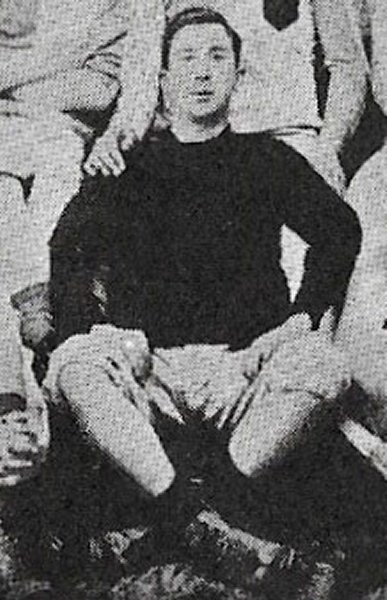
The first team to visit this location was Hartford St Johns and Charles Lindsay kept goal for Everton as they marked the new venture with a 3-1 victory. He consistently kept goal throughout the season and was selected to represent the Liverpool & District side on 22 March 1884 against their rivals from Manchester. The match took place on Bootle Cricket Ground and his side won 3-2. The next weekend Charles Lindsay was back the same venue to represent Everton in the final of the Liverpool Cup.
Their opponents were Earlestown and a crowd of 2,500 people watched Lindsay take up position in the Everton goal. He kept it intact throughout the game which ended in a 1-0 victory for his side. This was the first piece of silverware obtained by the club and the members celebrated by escorting the players back to the club headquarters at the Sandon Hotel.
Further scenes of triumph were later witnessed at the AGM of the Liverpool FA where the trophy was handed over to the Everton captain, Jack McGill. Charles Lindsay was present and, along with rest of the Everton team, was the recipient of a gold-centred medal. The following season he found himself playing at a new location on Anfield Road.
The move took place during the summer and the new venue opened 27 September 1884 with a visit from Earlestown. Lindsay had kept goal for Everton in the two opening games – at Port Vale and Wallasey – but for some unexplained reason he missed the inaugural home game where his place was taken by Charlie Joliffe who had joined Everton from St Benedict’s. Nevertheless, he was back in the team when the next visiting side – Bolton Association – arrived at Anfield and was first choice goalkeeper throughout a season which saw Everton reach the final of the Liverpool FA Cup where their opponents, once again, were Earlestown.
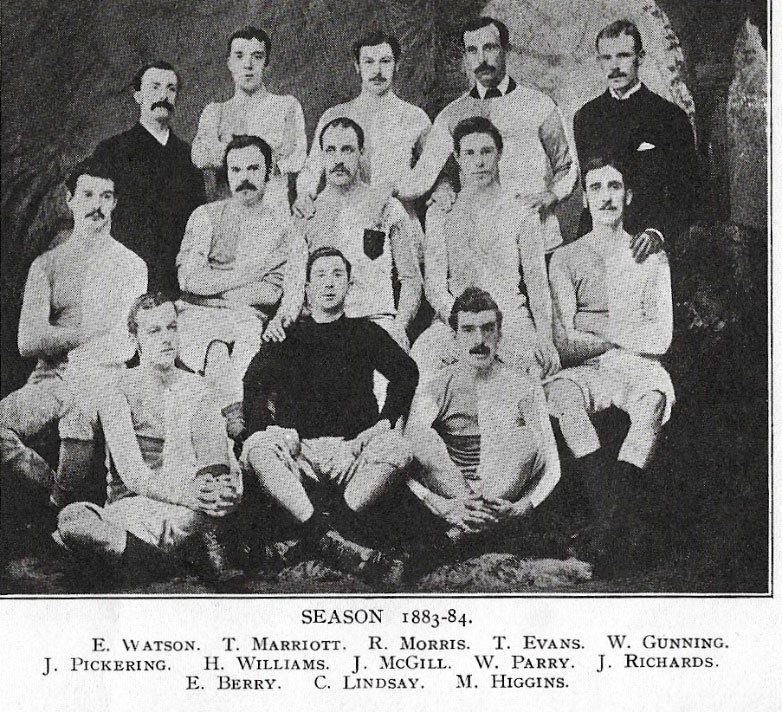
The popularity of the association rules game was now on the increase and the attendance was double the number who had watched the previous encounter. As with the earlier game the venue was the Bootle Cricket enclosure, but this time the match ended in controversy.
It had been progress for about seventy minutes when Charles Lindsay caught and held a high centre. But, before he could release the ball, he was swept over line by the incoming rush of the tightly-packed opposing forwards. The referee awarded a goal. Everton responded by penning their rivals back in their own half and a late strike from Gibson looked to have saved the game. The referee, however, disallowed the goal following a plea for offside and the final whistle was sounded. The Everton executive entered a protest that was not upheld and Charles Lindsay had to be content with a silver medal. The next season Charlie Joliffe replaced him in the Everton goal and he slowly retired from the game. Charles Lindsay now concentrated on married life – which was occasioned by sorrow – and a most successful business career.
In October 1892 Charles Lindsay married Chester-born Catherine Humphreys at Birkenhead and settled at 18 Clarendon Road in Liscard. The sad, premature death of Catherine occurred just three years later with no addition to the family.
Lindsay was married for a second time in 1898 to Jane Stubbs, the daughter of a salt works manager from Winsford. The 1901 census recorded them as childless and living at 73 Serpentine Road in Liscard. Lindsay was by now a works manager and he employed one servant at his home. While living at this address, Jane gave birth to two children whom she named Kenneth and Edna. Her husband, meanwhile, had developed business interests on both sides of the Atlantic Ocean.
His first recorded sailing out of Liverpool bound for New York was in 1904 and he made several other voyages thereafter. In 1909 the Lindsay family emigrated to America and took up residence at 41 Reid Avenue, Passaic, New Jersey where their third child Ronald, was born on 17 August of that year. They later moved to Montclair Township, Essex County, New Jersey where Charles Lindsay spent the last years of his life. He died on 28 December 1933 and was buried at Mount Hebron Cemetery, Passaic, New Jersey.
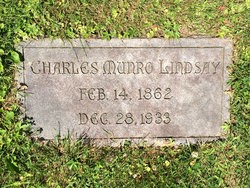
Edited by Francis Hickey
Document / photo research by Mike Royden


